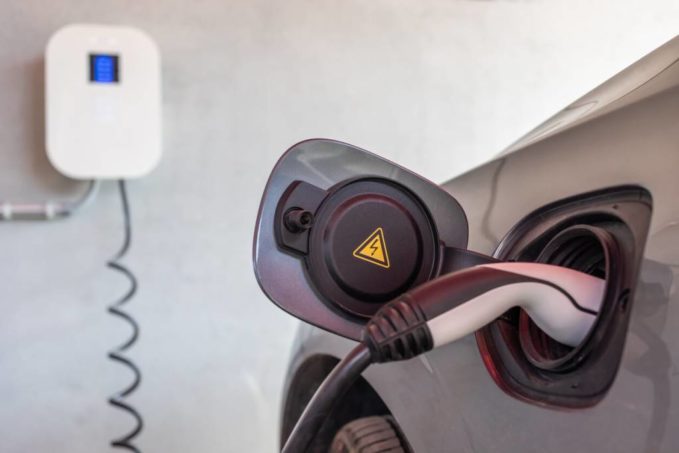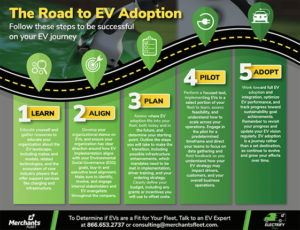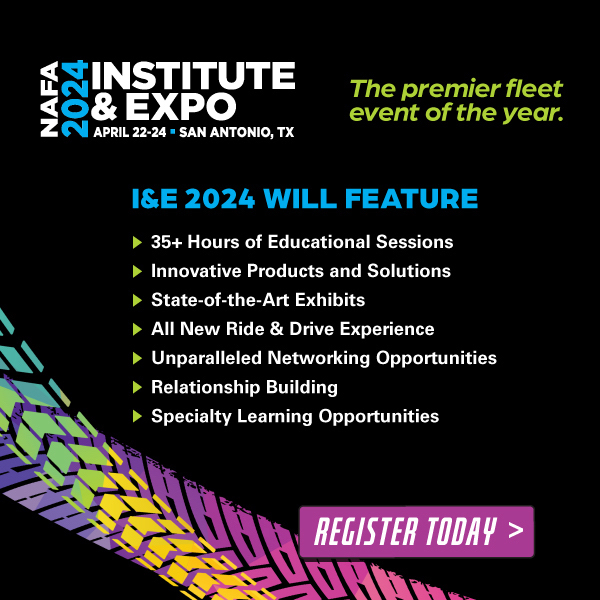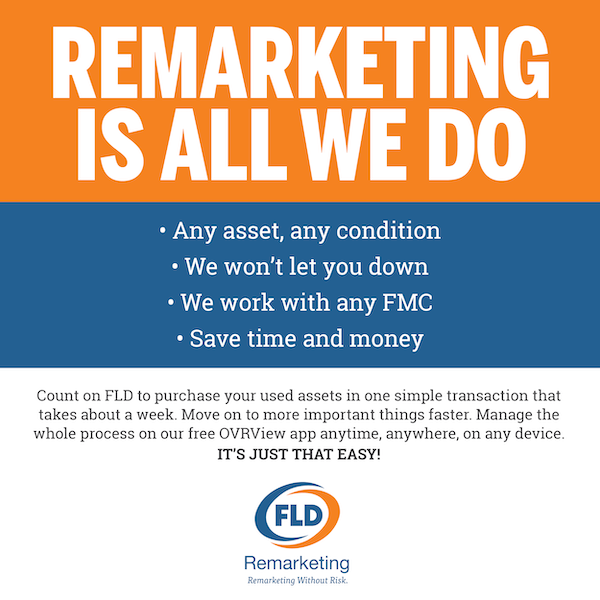
By Hari Nayar, VP, Fleet Electrification & Sustainability, Merchants Fleet
April 24, 2022
The electric vehicle (EV) revolution is here, and it will only grow in popularity. Many businesses have started their fleet electrification process or are in the planning stages. Every fleet can benefit from electrification, regardless of size, industry, or location. Electric vehicle manufacturing has grown exponentially in the past few years and now includes cars, cargo vans, trucks, crossovers, and more.
Fleet electrification can seem daunting since it’s such an important practice, but it doesn’t have to be. You may be wondering how to get started electrifying your fleet. We recommend educating yourself on the subject and devising a comprehensive strategy to successfully implement EVs into your fleet.
Benefits of Fleet Electrification
There are numerous benefits of fleet electrification, from sustainability to cost savings.
Reduced Greenhouse Emissions
EVs are more energy efficient than internal combustion engine (ICE) vehicles. In fact, an EV can be over 85% efficient, while an ICE vehicle is around 25%–30% efficient. In addition, since EVs produce little to no emissions, they are vital to reducing harmful greenhouse gas pollution.
Reduced Maintenance
Since EVs have fewer moving parts, less (or no) fluid, and fewer hydraulic systems than ICE-powered vehicles, they generally have lower repair costs. In fact, studies show that the cost of ownership for an EV is 40% lower than an ICE vehicle. In addition to a significant reduction in maintenance spend, this also results in less vehicle downtime.
Government and Local Incentives
There are numerous tax credits, rebates, and incentives offered for purchasing EVs and installing charging stations. These incentives help support EV fleet adoption and make the transition process easier for companies of all sizes.
Environmental, Social, and Governance (ESG)
One of the most obvious benefits of going electric is its reduced impact on the environment in comparison to ICE vehicles. For many businesses, reducing their carbon footprint is part of a broader Environmental, Social, and Governance (ESG) goal. As your organization adopts and embraces the global ESG push, EVs will likely be your fleet’s path to supporting a healthy planet.
When to Electrify Your Fleet
When it comes to fleet electrification, there’s no time like the present! Companies of every size and industry should begin their EV adoption journey and start implementing EVs into their fleet where they can. This may look like implementing electric delivery vehicles for last-mile solutions or swapping ICE vehicles for EVs for salespeople who are frequently on the road.
When considering your timeline for EV adoption, decide whether a long or short-term strategy is realistic for your company.
• A short-term transition strategy is best for fleets that utilize sedans, crossovers/SUVs, cargo vans, or light-duty vehicles.
• A long-term transition strategy may be more beneficial for heavy-duty vehicles, as well as vehicles that are powered by generators traditionally fueled by diesel gas (such as a high-powered construction vehicle).
5 Steps to Electrifying Your Fleet
We’ve broken down the road to EV adoption into five easy-to-follow, strategic steps.
1. Learn – Educate yourself about the evolving EV ecosystem. Seek out resources about EV makes and models, technologies, and support services such as charging and infrastructure.
2. Align – Revisit your company’s ESG goal and how it aligns with EV implementation. Ensure your organization has clear direction for EV implementation, including stakeholder buy-in and executive-level alignment.
3. Plan – Outline your transition steps and timeline, keeping in mind potential infrastructure enhancements, driver training, budget, and grants or incentives you can use to offset costs. Determine your first step and how you will get started.
4. Pilot – Engage in the pilot program for a predetermined timeframe and direct your team to focus on gathering data and feedback. Learn, assess feasibility, and understand how to scale across your operations.
5. Adopt – Work toward full EV integration, tracking business operations and monitoring your progress toward sustainability. Remember to revisit and update your EV plan regularly to continue to evolve and grow your efforts over time.
The most important part of any significant journey, including fleet electrification, is committing to taking the first step. You’ve already done so by beginning to educate yourself about the EV landscape. Regardless of where you are in your EV journey, remember that you’re making a worthwhile investment to help reduce greenhouse gas emissions and contribute to a greener future.
About the author
 Hari Nayar serves as VP, Fleet Electrification & Sustainability at Merchants Fleet. A leading fleet electrification expert, Nayar focuses on providing fleet clients with the tools and insights they need to make a seamless and cost-effective entry into the electric vehicle market.
Hari Nayar serves as VP, Fleet Electrification & Sustainability at Merchants Fleet. A leading fleet electrification expert, Nayar focuses on providing fleet clients with the tools and insights they need to make a seamless and cost-effective entry into the electric vehicle market.





